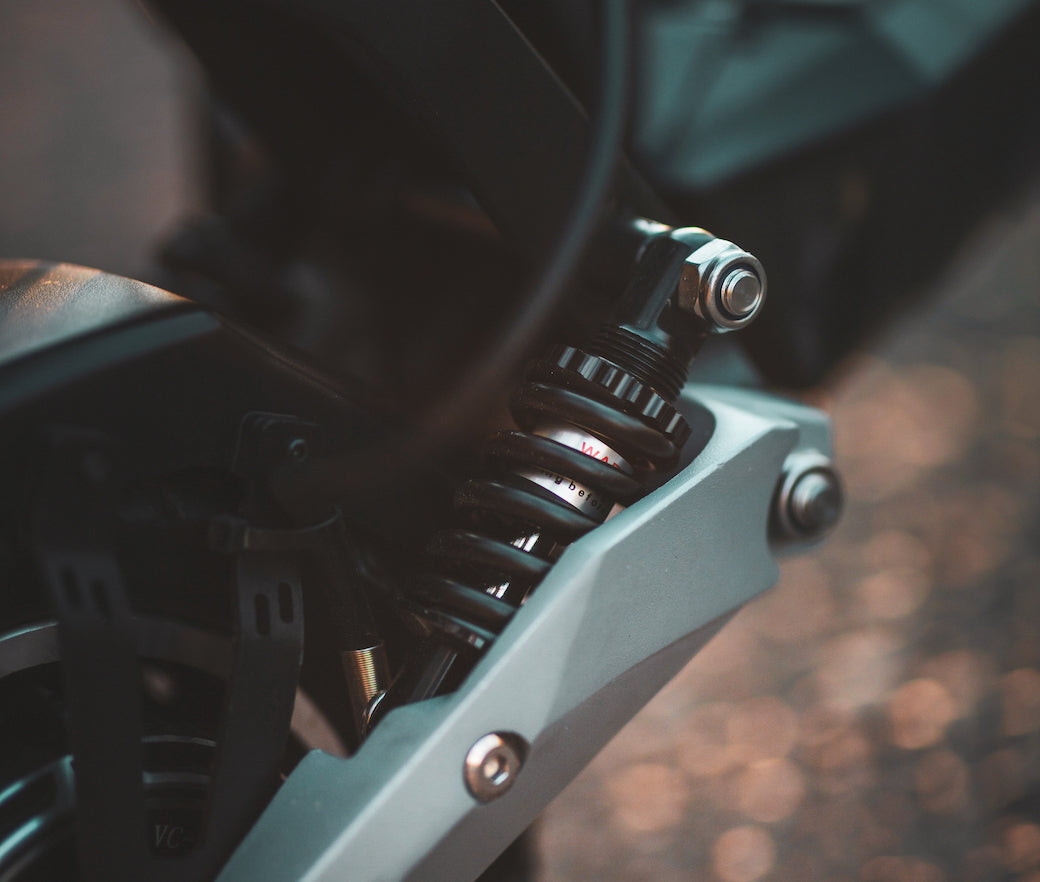Electric scooters are a great way to get around the city, especially if you're looking for a fast and efficient way to travel. They are convenient, eco-friendly, and affordable. However, like any vehicle, they require a reliable and effective braking system to keep riders safe. In this article, we'll take an in-depth look at how brakes on electric scooters work and the different types of brakes that are available.
Disc Brakes
Disc brakes are the most common type of brake used on electric scooters. They are an overall good value for money and offer a lot of stopping power. Usually, only one disc brake is needed on a scooter, as it is strong enough to stop the vehicle.
There are two subcategories of disc brakes: cable brakes and hydraulic brakes. The operating principle of a cable brake is pretty straightforward. Inside a brake line, there is a cable. When you press on the brake handle, the cable pulls on a little arm on the caliper, which then closes the brake pads on the disc. This creates friction, which stops the scooter.
This system has been proven for years, and it is fail-proof. However, the pressure you apply on the brake handle is the same pressure that is applied to the disc brake. It is a one-to-one ratio, which can be a downside for some riders.
On the other hand, hydraulic brakes are a more advanced type of disc brake. The system uses fluid in a brake line within a vacuum. Instead of a cable starting in the lever, the brake handle pushes a piston that moves oil from the brake tank. When you press on the brake handle, the piston pushes the oil through the brake line and into the caliper. This creates an exponential pressure that is applied to both brake pads, squeezing them against the disc brake.
Hydraulic brakes offer more braking power than cable brakes. With a hydraulic brake, you can use only one finger and get the stopping power of using your whole hand with a cable system. However, there are some downsides to hydraulic brakes. They are very hard to adjust and the servicing is messy. When repairing them in a repair center, you need to put things on the floor mat and have bins to collect the oil because it is extremely messy. Additionally, as soon as there is a small leak or the system is no longer under vacuum, the performance of hydraulic brakes is lost.
Drum Brakes
Another type of mechanical brake commonly used on electric scooters is drum brakes. The drum brake is fully enclosed, which makes it resistant to water. The brake pads are thicker than those used in disc brakes. It is easy to adjust them, and no tools are needed. You can simply use your fingers to twist the adjustment knob to make them tighter or looser.
Drum brakes are not as efficient as disc brakes, but are sufficient for electric scooters. If you can stop both wheels with a brake handle while traveling at a speed of 50-60 km/hour, then that's good enough. They are easy to adjust and will last a long time.
Regen Brakes
Regenerative braking is a revolutionary technology that is increasingly being used in electric scooters. This type of braking system allows the scooter to recharge its battery while it is being used, making it an excellent way to save energy and extend the range of your vehicle.
Traditionally, electric scooter regen brakes have been designed to be either on or off, which can make for a less-than-pleasant riding experience. However, newer models, such as the Apollo Pro, now feature a more sophisticated system that allows for partial application of the brake.
With this new system, riders can enjoy a more intuitive and enjoyable experience, similar to playing a video game. Riders can enjoy a smoother, safer ride by controlling the acceleration with the right thumb or index finger and the regenerative braking with the left thumb or index finger.
To fully enjoy the benefits of regenerative braking, it is recommended to use a dedicated custom throttle (like the one on Apollo Air, City, or Pro) that allows for a more precise and comfortable control. While the market currently does not offer great thumb throttles, riders can benefit from off-the-shelf twisting throttles that are dedicated to controlling the regenerative braking.
In conclusion, regenerative braking is a powerful technology that can make your electric scooter more efficient, safe, and enjoyable. To learn more about how it works, be sure to check out our video on the topic. And as always, feel free to leave any comments or feedback below.
















